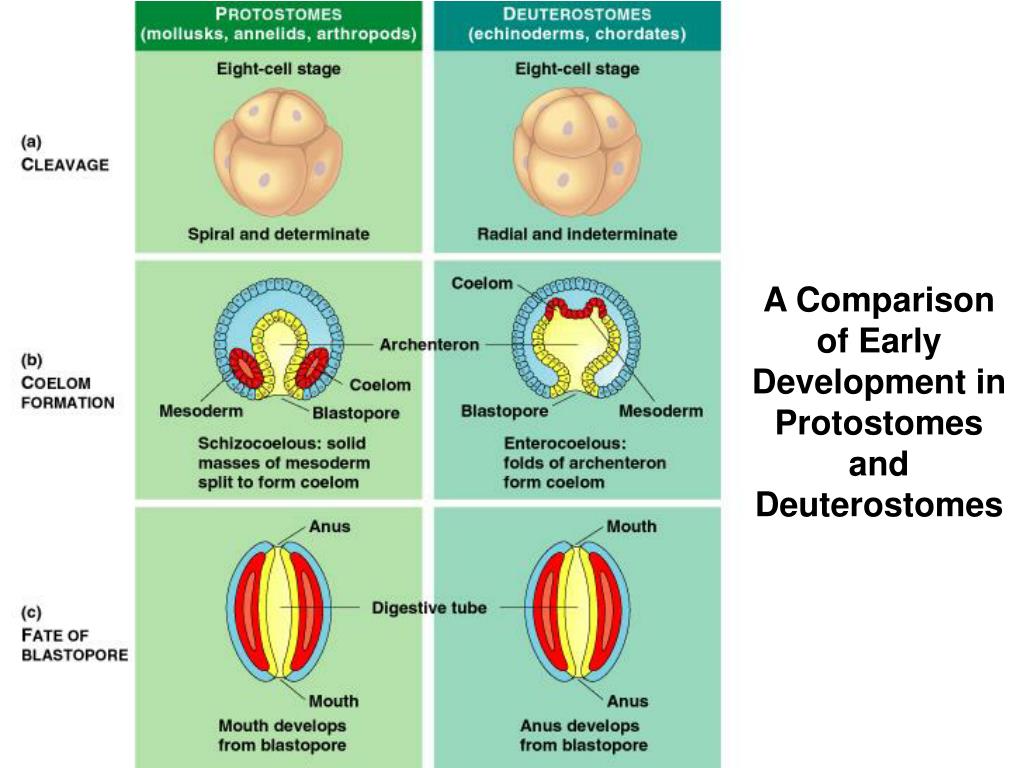


Thereby, gastrulation in the conservatively evolving protostome P. caudatus follows strictly a deuterostomic pattern. We show that the blastopore gives rise to the anus at the vegetal pole and that the hindgut markers brachyury and caudal are expressed in the blastopore and anus, whereas the foregut markers foxA and goosecoid are expressed in the mouth in the animal hemisphere. Here, we characterize gastrulation and the embryonic expression of genes involved in bilaterian foregut and hindgut patterning in Priapulus caudatus. The defining characteristic of the deuterostome is the fact that the blastopore (the opening at the bottom of the forming gastrula) becomes the anus, whereas in protostomes the blastopore becomes the mouth.For instance, humans have already formed a gut tube at the time of formation of the mouth and anus. Priapulids have a conservative morphology, an abundant Cambrian fossil record, and a phylogenetic position that make them a key group in understanding protostome evolution. The blastopore fate of the bilaterian ancestor plays a crucial role in understanding the transition from radial to bilateral symmetric organisms. This variability, combined with an absence of information from key taxa, hampers the reconstruction of the ancestral developmental mode of the Protostomia and the Bilateria. In deuterostomes, the blastopore forms the anus, but its fate in protostome groups is variable. The fate of the blastopore during development in the bilaterian ancestor is currently not well understood.


 0 kommentar(er)
0 kommentar(er)
